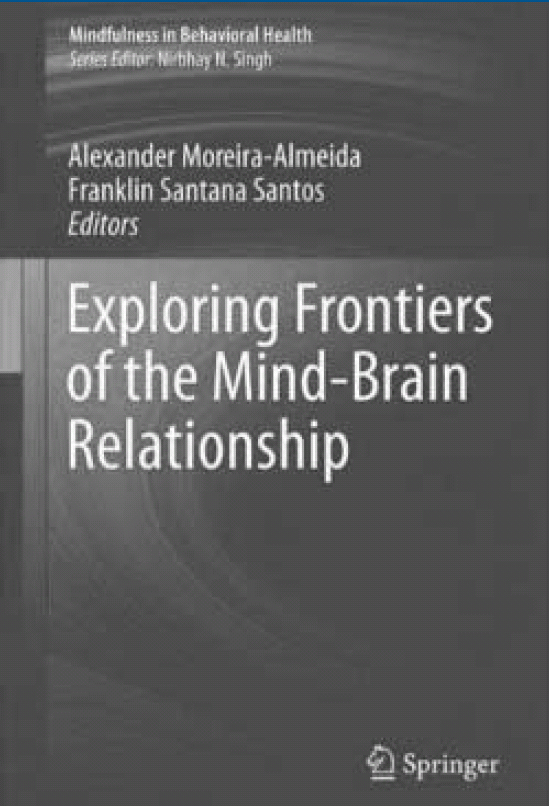
This is an unusually good post-conference book and would be an excellent way into the relevant concepts and literature. An underlying theme is that a reductionist, materialist approach is inadequate to explain certain experiences – mind is more than a product or epiphenomenon of the brain. Most scientists adopt a materialist view or so-called ‘promissory materialism’ (that this belief will be scientifically demonstrated in the future), but we are reminded here that science should not be conflated with materialism. With modern investigative methods such as scanning, much of the content and function of mind can be related to brain location or function. Consciousness, however, the active facility for experiencing in an individual system, remains mysterious, although delved into non-verbally by religious adepts, particularly Buddhists, over thousands of years. Field theorists, for example William James, propose that while the brain ordinarily reduces our cognitive perception, in certain states a change in this filter mechanism extends the field of the mind to consciousness produced elsewhere.
Materialism does not explain acquisition of information when a person is physically isolated from the source or when clinically dead (as in near-death experiences). Descriptions of near-death experiences, out-of-body experiences, end-of-life experiences, mediumship and reincarnation have accumulated with intriguing consistency of content. Some described features defy a reductionist, materialist explanation. For instance, in near-death experiences accurate reports of what could only have been seen during out-of-body experiences: typically, the person claims to have been hovering just below the ceiling looking down on his or her resuscitation. The AWaRE study is currently attempting to determine, with ingenious method, how veridical such accounts are.
The first two chapters present the major conceptual and philosophical issues. The third is an overview of 19th- and 20th-century literature on parapsychological phenomena. Imaging and neurobiological correlates of meditation and spiritual experiences are well described. I found two chapters on conceptions of consciousness, in terms of models of quantum physics, heavy going, but perhaps the most fascinating in proposing how experiences of non-local consciousness, while incompatible with classical physics, may be explicable in terms of quantum physics.



eLetters
No eLetters have been published for this article.